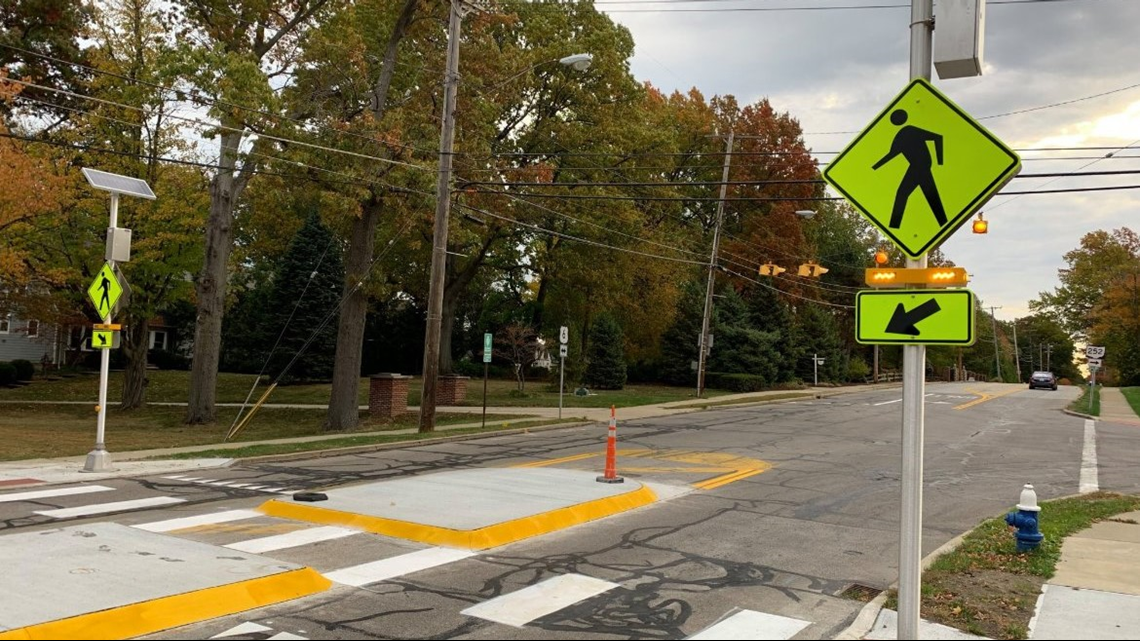Marked crosswalks are a type of traffic control device that indicate to drivers where to expect people crossing the street, indicate to pedestrians where to cross, and - in the case of a midblock location – create a legal crosswalk. Marked crosswalks can be either basic (e.g., transverse lines) or high-visibility (e.g., continental, bar pair, or ladder). The NCDOT’s current state of practice is to only use high-visibility crosswalks (HVCs) at midblock locations, where there are vulnerable populations like children or the elderly crossing, or where drivers are less likely to expect pedestrians. Local agencies are starting to use HVCs more broadly, even as their standard marking. As the number of HVCs within an area increases, could it dilute their effectiveness at special emphasis areas?

This report describes research conducted to determine what impact the crosswalk marking style has on driver yielding and pedestrian compliance, and, secondly, to determine what happens to the effectiveness at existing HVCs as a community’s overall number of HVCs increases. The study sampled 65 out of 189 crossings across three study areas (Cary, Clayton, and Raleigh) where observational driver yielding events were collected using a staged pedestrian crossing protocol. Video footage collected at each site was also reduced to extract motor vehicle through and turning counts, pedestrian crossing volume, and pedestrian compliance. Sampled sites varied in marking style (HVC, transverse, or unmarked), signal control type (uncontrolled, signalized), posted speed limits (25-35 mph), and number of lanes (1-3). Data were collected at all 65 sites before and after 18 of the crossings were converted to HVCs. A comparative analysis of the before-after dataset found that on average driver yielding increased by 22% at sites that were converted to HVCs, which was statistically significant difference from the change in yield rate observed at the sites that where the crosswalk remained the same. The increase in yielding was most prominent at unmarked crossings that were converted to an HVC; however, sites where transverse lines were modified to HVCs also saw an increase in yielding rates. The increase in driver yielding at the signalized treated group it was not statistically significant from that of the signalized control group. Pedestrian compliance increased at a statistically greater rate at the treated sites. Increases in saturation rates of HVCs across the three study areas varied from 11.3% to 29% with a maximum of 35.7% saturation achieved in Raleigh in the after period. Further research is needed to determine whether yield rates begin to decline at HVCs as an area’s saturation level increases to a percentage higher than 40%, but a cautious conclusion that can be drawn from this study is that the increase of the saturation of HVCs was not found to negatively impact the effectiveness of such a marking at existing sites. Based on these research findings, using an HVC style more prevalently does not appear to dilute their effectiveness and, indeed, their use is likely to result in drivers yielding more to pedestrians at crosswalks, thereby improving safety for people traveling on foot.
